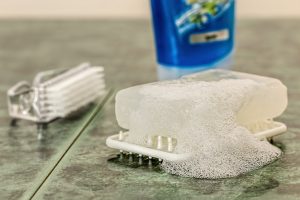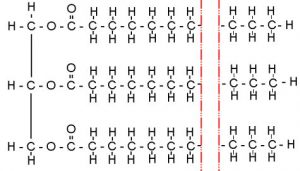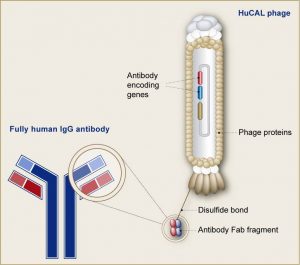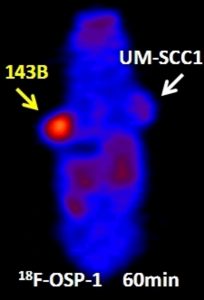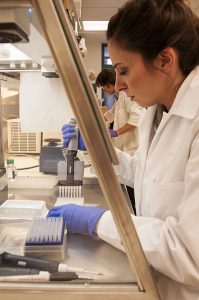Here’s something that’ll blow your mind – beached dead whales may explode! That is if the body is tampered by people unsafely. One of the most infamous cases of exploding whales was a dead sperm whale beached in Florence, Oregon in 1970. Attempting to dispose of the rotting whale, the Oregon Department of Transportation decided to blow it up with dynamites. What could go wrong? (asked no one).
Video of the above mentioned Oregon whale explosion, and the magnitude of its spread.
Video by: theexplodingwhale.com (which seemed to have closed their website)
The explosion threw whale bits all over the area, to as far as 250 meters away: roughly equivalent to the distance between the UBC bookstore and the Beatty Biodiversity Museum. Even though the intent with the dynamite was to dispose of the whale through blowing it to bits, More of these explosions occur across the world, when people uneducated or unknown to this danger, mess with dead whale corpse.
What causes the explosion?
You might ask, what is the scientific reasoning behind these explosions? To answer that, we must first understand a few things about what happens after an animal die. A dead animal undergoes decomposition: the process of rotting and decaying. During this process, proteins in the whale’s tissue break down, and other tissues dry out. This results in several gasses produced within the whale, including common gasses like methane and carbon dioxide. Normally, these gasses can leak slowly through holes natural to the body or holes made by hungry scavengers. However, due to blockage or the weight of the body, sometimes these orifices are forced shut, resulting in gas build-up within the corpse’s body. After enough gas build-up in the body, any disturbance to weak spots on the body surface any external sources weakening parts of the body, i.e. poking a hole in it, results in an explosion, or strong expulsion of the whale’s body contents.
Is this a whale-only phenomenon?
Are whales the only one that turns into ticking gas bombs? The answer is no, they’re not. This decomposition and gas forming process are universal across all animals, but due to the size of whales and the size of the cavities within their body, that explosion is significantly more terrifying.




